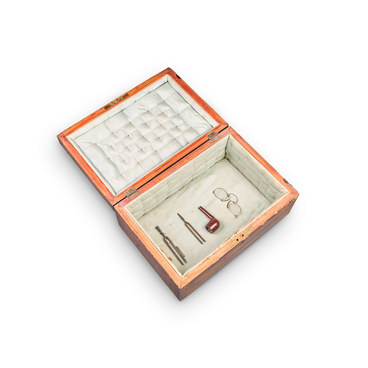A bureau (or secretaire) is a specific type of cabinet furniture that combines a cabinet (or chest of drawers) and a desk. This type of furniture appeared in France at the end of the 17th — beginning of the 18th century as a further rendering of the idea of a chest on legs. Both French and Italian cabinetmakers vie for the honor of originating this idea.
The name “bureau” comes from the French word meaning calfskin, which was traditionally used to cover the foldable or pull-out desk top. Later, the entire piece of furniture became known as a “bureau.” The desktop is a pull-out board that slides back under the bureau when closed.
The word “secretaire” is derived from the word “secret, ” implying mystery, hidden elements and knowledge. Antique bureaus always feature secret compartments. The presence of a lockable lid that secures all the drawers, shelves, and writing surface indicates a certain level of confidentiality. The owner would carry the key with them.
Initially, a bureau was considered women’s furniture, since its prototype was a women’s casket with a slanted lid, in which ladies kept jewelry, as well as the most important letters. Elegant, small, with carved or turned legs, inlays and metal overlays, it fit perfectly into an aristocratic lady’s living room or boudoir.
A distinctive feature of the bureau is that most of its compartments are almost at the level of the desktop. It lacks full-fledged side cabinets, instead having a raised section at desk level and drawers positioned below and to the sides (as well as partially under the table top).
The bureaus turned out to be such convenient furniture that mobile travel varieties quickly appeared — ranging from very simple to quite complex and large, with lockable secret compartments.



